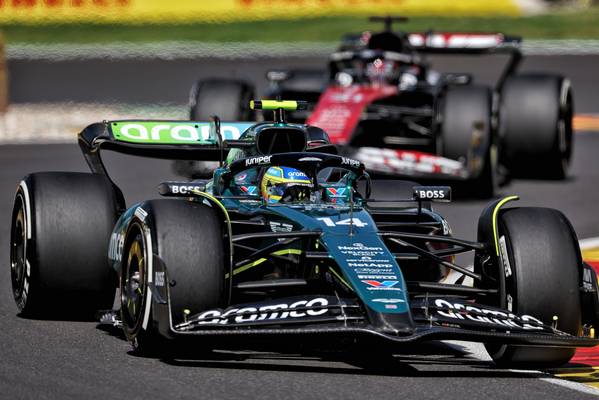Why do teams struggle to bring upgrades with the current regulations?
F1 News

It seems to be becoming a trend in Formula One: Teams promise bringing upgrades to the track, but once that happens, they are not working as expected. As an example, Mercedes decided to remove upgrades from their cars after Friday, and went onto win the Belgian Grand Prix after a difficult Friday. But why is that the case in the competition at the moment.
Aston Martin have been one of the teams that have struggled the most with upgrades and getting the best out of them. "We've had issues in terms of putting additional performance on the car and maintaining the same good characteristics, good balance, ability to run the car at certain different circuits, different ambient conditions. We have found that difficult to do that, to keep those good characteristics and to improve the overall performance. I don't think there's any secret of that," Dan Fallows began to explain representing the British team.
"I think any team that says they have managed to do that consistently is probably... No, I'm not going to say that! But I think generally it's something that we're fighting with, and I think once you know that that's the case, it's really a question of what are the most important things that you need to retain as you put these improvements on the car. And then if you feel like you've degraded something, how do you then attack that area and get it back to where you want it to be? That's the really critical bit," Fallows concluded.
Pierre Waché, Red Bull's technical director could only agree with Fallows. Red Bull themselves also did not get the best result out of their latest upgrades. "And as Dan mentioned, you have a massive interaction between all the elements of the car, especially aerodynamically with the restriction we have. everything is linked together, that you have to update multiple parts to achieve something interesting."
'Learning to understand the cars better'
Xevi Pujolar, Stake F1's head of trackside engineering believes teams have to be careful with finding the right balance. "I will say that you need to be quite cautious when you start to push all the boundaries and also from what we see that some drivers can be more or less sensitive to depending on where you end up running the car, and especially on the high-speed sections or how you could need to run mechanically to extract the performance. This is areas that we need to be more careful with this generation of cars."
Mercedes' Andrew Shovlin shares the same opinion. "There was a lot of extra learning that you had to undertake as a team to properly understand how these cars work, how you put performance on them. And over time, people are getting better at doing that. But it's always easy to chase headline numbers and then end up with problems like bouncing. I think everyone's facing that," the Briton concluded.